From January 1, 2012 onwards, the European Union’s Emissions Trading System (ETS) will come into force, placing a tax on carriers flying in, out and within the EU region for their emissions. It serves as an incentive for carriers to take steps in making their fleets more fuel-efficient. In light of this development, it is worth reviewing the most fuel-efficient aircraft that are either in operation or scheduled to be rolled out in the near future – and which airlines are deploying them.
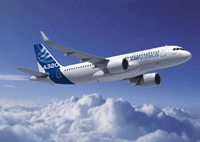 Airbus A320neo (New Engine Option)
Airbus A320neo (New Engine Option)
The A320 family, which includes the A318, A319, A320 and A321, will become more fuel-efficient with the use of new engines. The A320neo will be the first of the re-engined series, scheduled to enter service in October 2015. Eventually, the enhancement will be given to the A319 and A321 jets as well. Customers of this product include Virgin America, AirAsia and IndiGo.
BENEFITS
The A320neo offers 15 per cent less fuel burn than today’s A320s.
Airbus A3250 XWB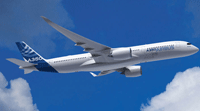
This long-haul aircraft family, which is still under development, consists of the A350-800, A350-900 and A350-1000. The latter model of the family will be the longest, measuring 73.88m with the capacity to seat up to 375 passengers. The first of these jets is expected to be rolled out by early 2014 and customers include Emirates and Cathay Pacific (see story here).
BENEFITS
More than 50 per cent of the jets in this family will be made of lightweight composite materials, thus saving on weight and increasing efficiency. The A350-800, the shortest in the family, will see 8 per cent lower fuel burn while the A350-1000 will provide up to 25 per cent less fuel burn than competitors, such as Boeing B777s.
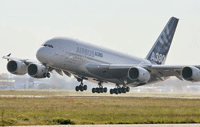 Airbus A380
Airbus A380
Though this double-decker aircraft has already been in service since 2007, it is still the most fuel-efficient in the skies at present, given its size and range and in comparison to the B747 – the previous biggest aircraft. Today, a combined total of 57 A380s are in operation by six carriers – Singapore Airlines, Qantas, Emirates, Lufthansa, Air France, Korean Air and China Southern.
BENEFITS
When compared to the B747, the superjumbo offers 20 percent less fuel burn thanks to a combination of better engines and the use of lightweight composite materials.
Boeing B787-800 Dreamliner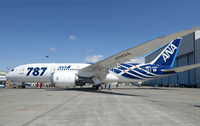
The first Dreamliner was delivered to launch carrier All Nippon Airways (ANA) in September (see story here), three years later than scheduled. Being the first newly designed Boeing aircraft since the B777 almost 16 years ago, it boasts many innovations such as electrochromism-based “auto-dimming” windows and gaseous filtration system for better in-flight air. It can be used for both short and long distances, with a maximum range of 15,200km. Other customers include American Airlines, Qatar Airways and British Airways, all of which will receive their jets over the next few years. View our exclusive Tried and Tested of the maiden Dreamliner flight here and stay tuned for an in-depth look at the jet in our December issue.
BENEFITS
The aircraft uses 20 percent less fuel than a similarly sized B767 aircraft while offering greater comfort onboard with 60 per cent less engine noise, a system to counter turbulence and improved air quality.
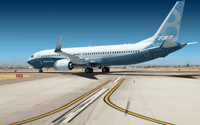 Boeing B737 MAX
Boeing B737 MAX
This version of the single-aisle B737 series is an upgrade from the current B737 aircraft in service. The re-engined aircraft, which competes with the A320neo, currently has nearly 500 orders for customers such as American Airlines and Lion Air (see story here), with deliveries scheduled for 2017.
BENEFITS
The aircraft will be up to 12 per cent more fuel efficient per seat than B737s in operation today.
Boeing 747-8 Intercontinental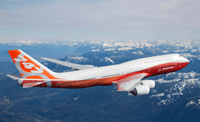
The 747-8 Intercontinental was unveiled earlier this year in Seattle, with Lufthansa revealed to be its launch customer. The jetliner provides 467 seats in a three-class configuration, and with an overall length of 76.3m, it is the world’s longest passenger aircraft.
BENEFITS
The 747-8 has a 16 per cent lower carbon dioxide emissions per seat-km compared to its predecessor, the 747-400.
Alisha Haridasani and Tiffany Sandrasageran








